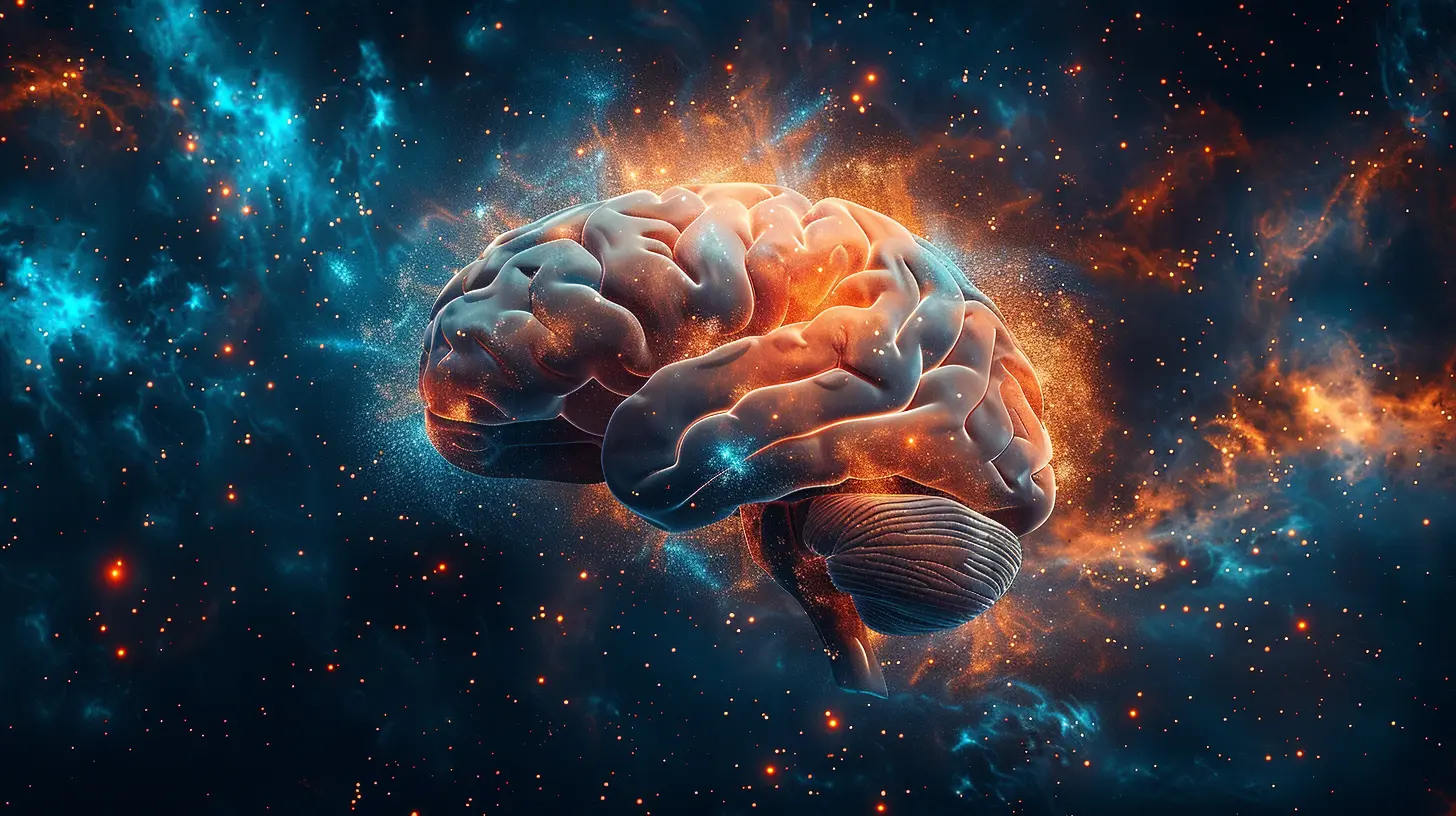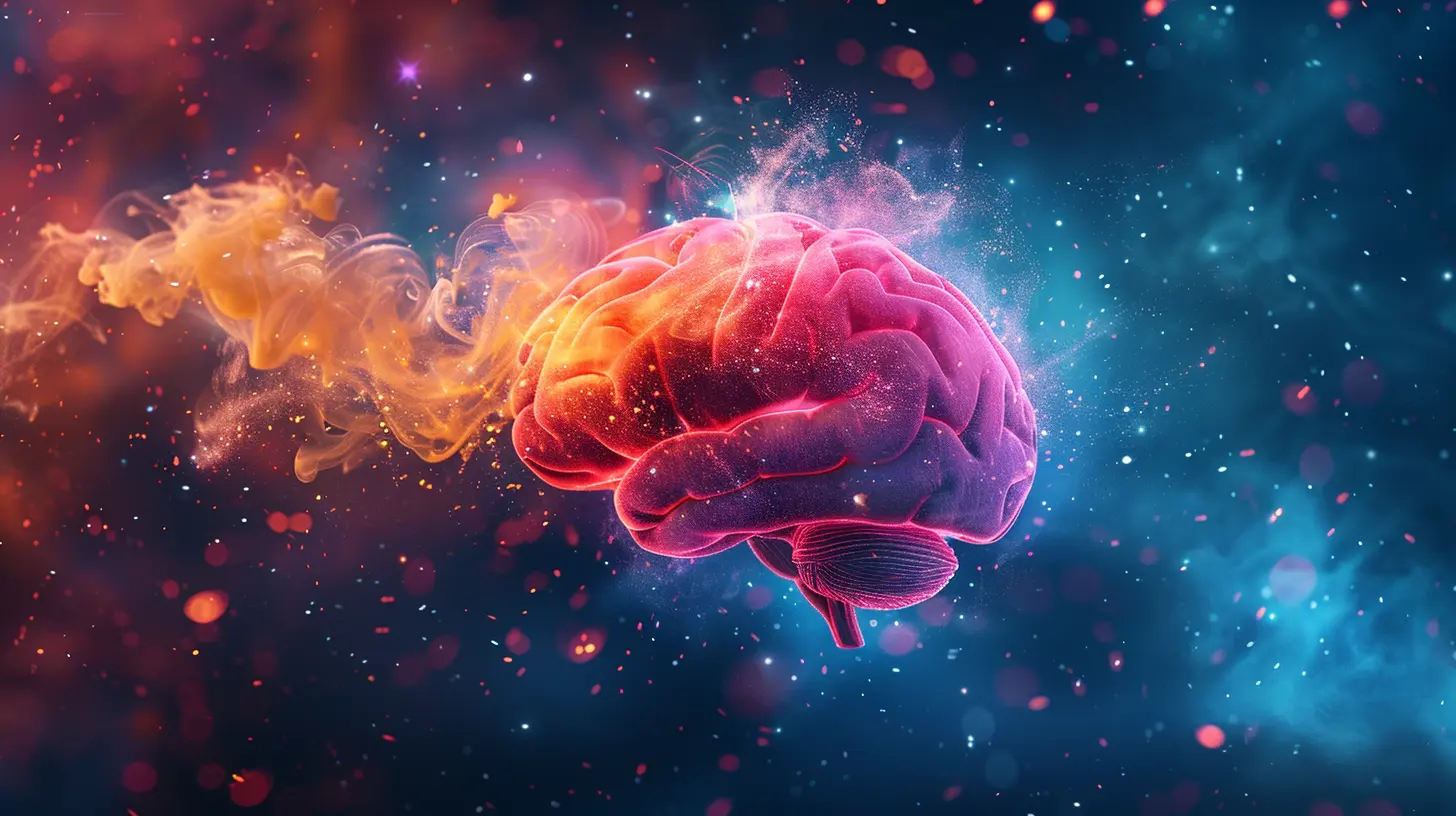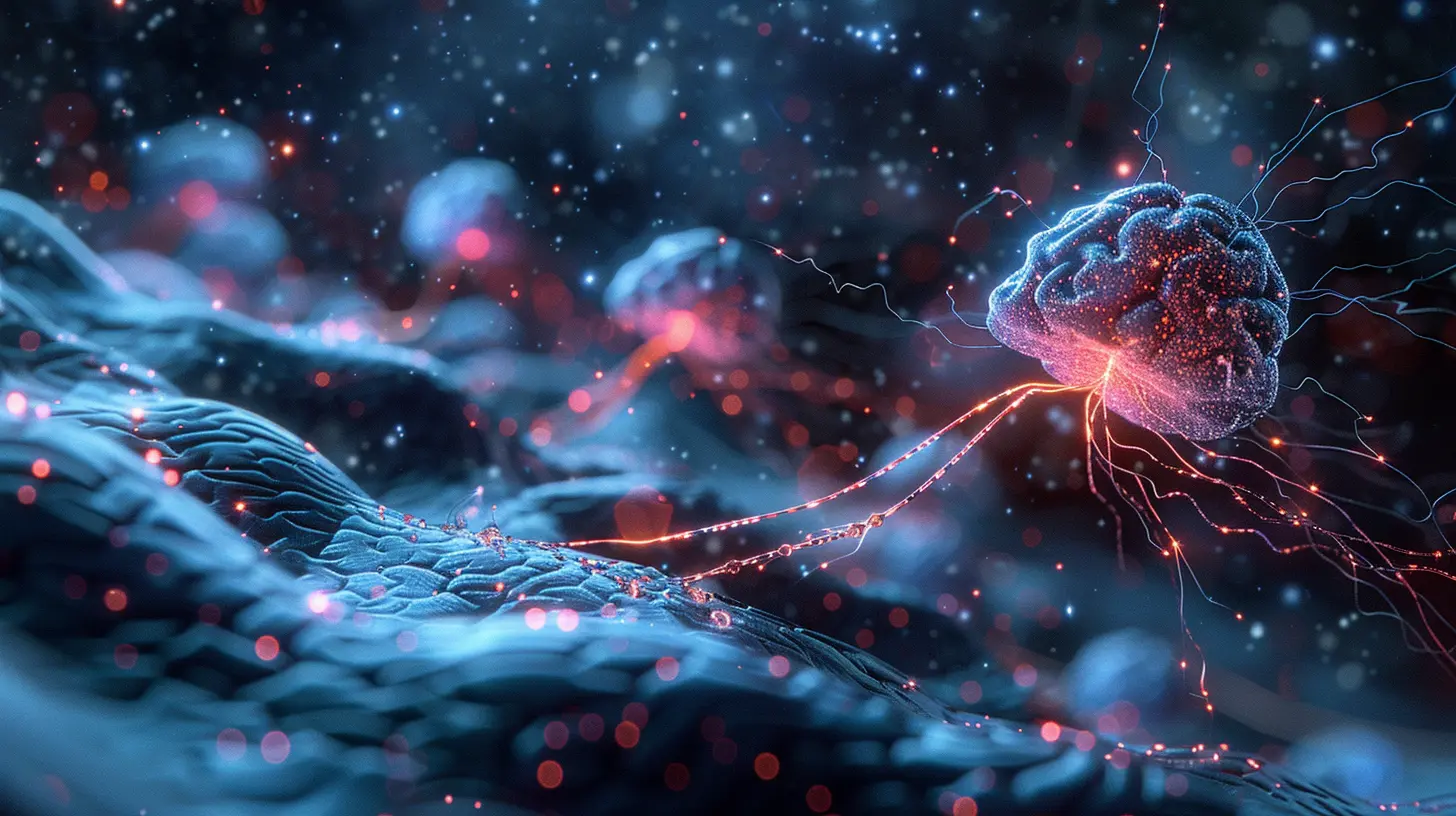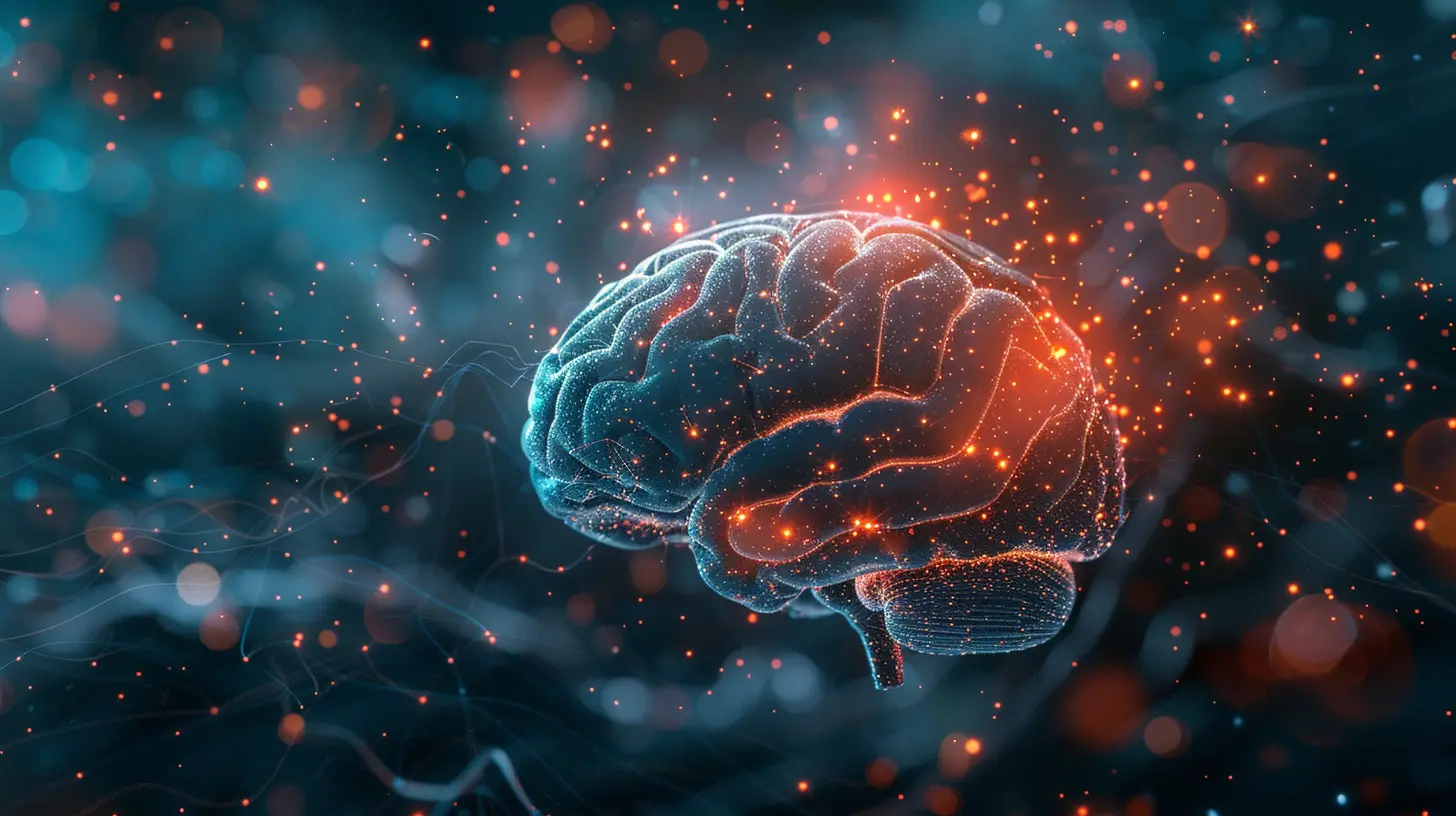Neuroplasticity: How the Brain Adapts to Change
3 June 2025
The human brain is nothing short of a marvel. It’s constantly evolving, learning, and reshaping itself in response to experiences, injuries, and even thoughts. But how does this happen? The answer lies in neuroplasticity—the brain's extraordinary ability to reorganize itself.
Imagine your brain as a vast network of highways. When one road is blocked, the brain finds detours, builds new paths, and strengthens the routes most frequently traveled. This incredible adaptability is what makes learning, recovery, and personal growth possible.
So, let’s dive into the fascinating world of neuroplasticity and see how it shapes our lives every day.
What Is Neuroplasticity?
Neuroplasticity refers to the brain’s ability to change its structure and function in response to experiences, learning, trauma, or environmental shifts. Unlike the outdated belief that the brain becomes fixed in adulthood, research now proves that our neural pathways are always in flux.There are two main types of neuroplasticity:
1. Structural Neuroplasticity – This involves physical changes in the brain’s structure. As we learn new skills, neurons form new connections and strengthen existing ones.
2. Functional Neuroplasticity – This happens when a different part of the brain takes over functions lost due to damage or injury.
Simply put, your brain is like Play-Doh—it can be reshaped based on what you do, think, and experience.
How Neuroplasticity Works
At the core of neuroplasticity is the ability of neurons (brain cells) to rewire themselves. Neurons communicate through connections called synapses, and the more these connections are used, the stronger they become.Think of it this way: If you walk through a field once, you barely create a path. But if you walk that same path every day, it becomes a well-worn trail. The same principle applies to your brain! When you repeatedly engage in a thought, behavior, or skill, your brain strengthens the associated neural pathways.
The Role of Neuroplasticity in Learning
Ever wonder why practice makes perfect? That’s neuroplasticity at work! Whether you're learning a new language, playing an instrument, or picking up a sport, your brain continually restructures itself to master the skill.How Can You Boost Brain Plasticity for Learning?
1. Repetition Is Key – The more you do something, the stronger those connections become.2. Challenge Yourself – Learning something slightly outside your comfort zone forces new neural connections.
3. Get Enough Sleep – Sleep plays a huge role in cementing new information.
4. Practice Mindfulness – Staying present and engaged improves cognitive flexibility.
The more you stretch your mind, the more flexible it becomes.
How Neuroplasticity Helps Recovery After Injury
One of the most astonishing aspects of neuroplasticity is its role in recovery. If someone suffers a stroke or brain injury, unaffected parts of the brain can take over lost functions.For example, if a stroke affects a person’s ability to speak, the brain may recruit different areas to compensate for that loss. With the right therapy and consistent effort, many people regain skills once thought to be lost forever.
Can You Train Your Brain to Recover Faster?
Yes! Here's how:- Physical Rehabilitation – Activities like physical therapy help retrain the nervous system.
- Mental Stimulation – Puzzles, reading, and problem-solving exercises activate brain networks.
- Positive Thinking – Optimism and motivation can significantly influence brain recovery.
The takeaway? The brain has an incredible capacity to heal if given the right conditions.
How Neuroplasticity Affects Mental Health
Did you know that your thoughts influence the physical structure of your brain? It’s true! Habitual negative thinking can reinforce pathways associated with anxiety and depression, while positive thoughts build more constructive connections.Ways to Harness Neuroplasticity for Better Mental Health:
- Gratitude Practice: Focusing on what you’re thankful for strengthens positive neural pathways.- Meditation: Regular mindfulness meditation increases gray matter density.
- Cognitive Behavioral Therapy (CBT): Helps rewire harmful thought patterns.
If you’ve ever felt "stuck" in a negative mindset, neuroplasticity is your way out. Your brain is always changing—you can train it for happiness.
Everyday Habits That Strengthen Neuroplasticity
So, how can we optimize neuroplasticity in our daily lives? Thankfully, small, consistent changes can work wonders.1. Keep Learning
Your brain loves novelty. Whether it’s taking up a new hobby, reading, or solving puzzles, learning helps create fresh synaptic connections.2. Exercise Regularly
Physical activity increases brain-derived neurotrophic factor (BDNF), which boosts learning and memory. Even a simple walk can supercharge mental flexibility.3. Socialize More
Interacting with people stimulates multiple brain regions. Engaging conversations, laughter, and connections enhance cognitive function.4. Reduce Stress
Chronic stress weakens neural connections. Activities like yoga, deep breathing, and journaling can counteract its effects.5. Get Enough Sleep
During sleep, your brain strengthens memories and clears out toxins. A well-rested brain is a plastic brain!6. Change Your Routine
Try brushing your teeth with your non-dominant hand, taking a different route to work, or eating with chopsticks. Small challenges force your brain to adapt.7. Practice Mindfulness
Being present strengthens cognitive control and emotional regulation.In short, if you challenge your brain regularly, it will thank you with enhanced adaptability and sharper thinking.
The Limits of Neuroplasticity
While the brain is highly adaptable, it’s not limitless. Some changes require significant effort, and age plays a role too. Younger brains tend to be more plastic, but adults can still rewire their brains with dedication.Also, not all plasticity is beneficial. Bad habits, addictions, and repetitive negative thinking can reinforce unwanted neural pathways. That’s why conscious effort is needed to shape the brain in a positive direction.
Final Thoughts
Your brain is always changing, whether you realize it or not. Neuroplasticity is the reason we can learn new skills, overcome trauma, and create better habits. The best part? You have control over this process.By engaging in intentional learning, staying active, managing stress, and fostering positive thoughts, you can literally rewire your brain for success.
So, what small brain-boosting habit are you going to start today?
all images in this post were generated using AI tools
Category:
Psychological ResearchAuthor:

Nina Reilly
Discussion
rate this article
2 comments
Kira Jennings
Neuroplasticity is like that friend who always reinvents themselves—tired of old habits? Your brain’s got your back! Embrace the change, shake things up, and remember: the only constant is evolution. So, stop resisting and start flourishing because your brain loves a good makeover!
June 16, 2025 at 3:21 AM

Nina Reilly
Thank you for the creative analogy! Embracing neuroplasticity truly empowers us to adapt and grow, making change an exciting journey for our brains.
Rocket Phillips
Neuroplasticity: the brain's version of a gym membership! Just when you think you’ve hit a plateau, it’s doing mental push-ups, adapting and reshaping itself. Who knew our gray matter was so flexible?
June 9, 2025 at 2:23 AM

Nina Reilly
Absolutely! Neuroplasticity truly showcases the brain's remarkable ability to adapt and grow, just like a gym membership for our minds. Thank you for the insightful comment!


